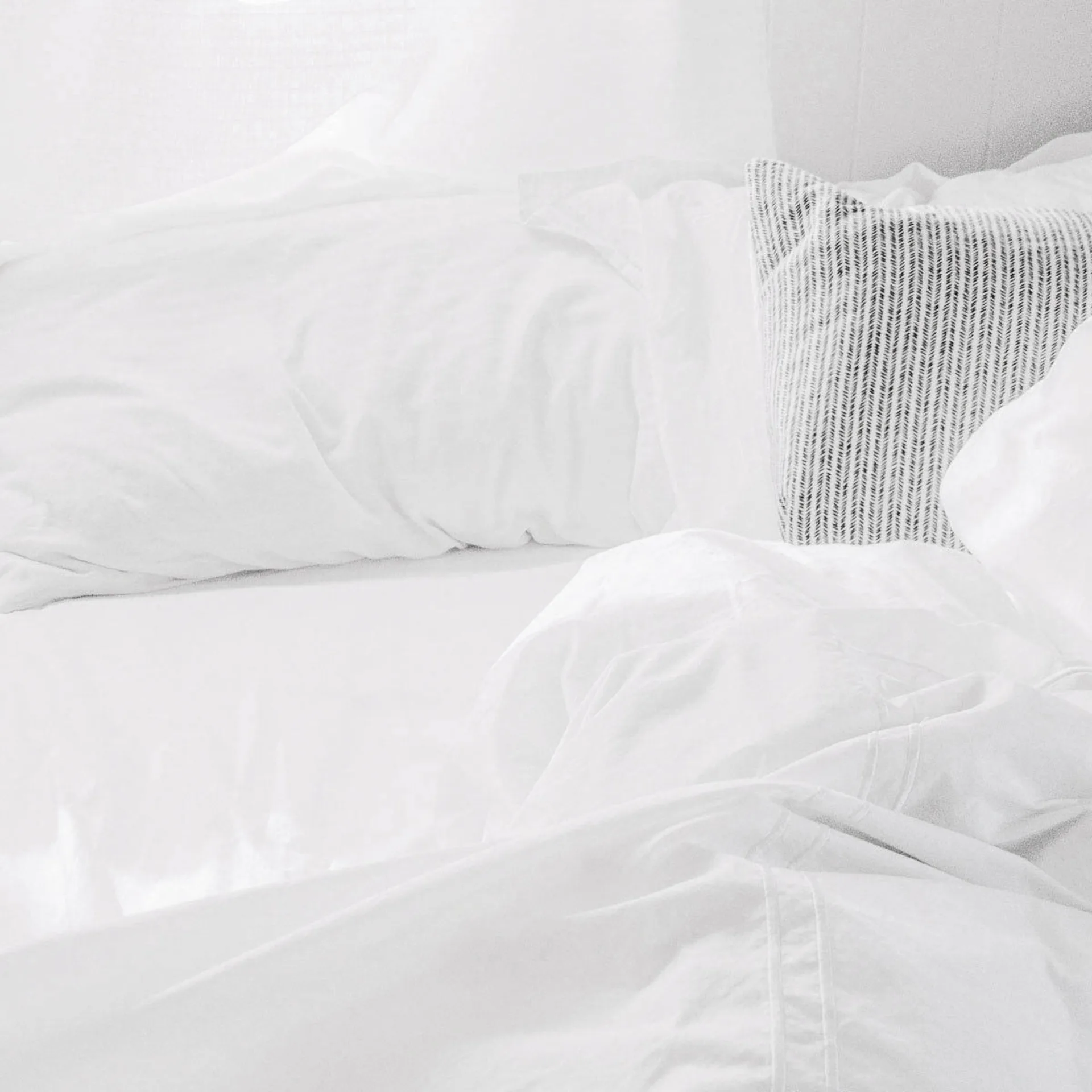Why Katie Holmes Found Scuba Diving Her Most Challenging Workout Yet

If you’ve seen recent pictures of actress Katie Holmes, it’s pretty clear by her toned triceps and sculpted biceps that her bod’s definitely #fitnessgoals.
From boxing to SoulCycle to lifting weights, the “Dawson’s Creek” star is stronger than ever. Now you can add another physical activity to the star’s long-list of workouts: scuba diving.
The actress recently revealed to Shape magazine that it was the most “scary” exercise she’s done yet.
“You need to be really fit to do that,” she told the magazine. “It’s scary, and you need to go with really experienced people.”
Though scuba diving might be something you’d consider doing strictly on vacation, it’s actually a pretty rigorous workout. If you’re curious about checking it out for yourself, here’s what you need to know before diving in.
You’ll Feel the Burn
According to PADI, an average shore-dive in temperate water burns as much as 600 calories per hour, which is the equivalent to jogging. “A leisurely boat dive in warm, tropical waters burns about 300 calories an hour” — basically the same as taking a brisk walk.
Although diving itself doesn’t require much physical activity, according to Scuba Diver Life, it’s the other factors involved with it that make it such a tough workout.
For starters, you’re underwater, which means “the water around you is conducting heat from your body 20 times faster than air, so you must work hard to maintain its core temperature.” Whether you’re diving in the tropics or in cold water, your body’s metabolic activity is working hard to keep your body warm.
Plus, since you’re finning or moving around underwater, you’re constantly expending calories. Not to mention being in the midst of fighting a strong current will tire you out — and burn even more calories — in no time.
It Strengthens the Body
Before you even get into the water, you’re wearing heavy duty equipment, literally. According to ScubaDiving.com, an average 7mm wetsuit weighs about eight pounds, then there’s your regulator, mask, fins, etc., which is estimated to weigh about 15 pounds.
Then there are the dive cylinders to consider. Dive cylinders weigh between 30 and 50 pounds, which means carrying a full scuba unit works and strengthens core and back muscles, particularly during entries. Lifting your scuba gear before you even into the water is basically a weight-lifting workout.
While underwater, you’ll be finning, which is a term for swimming while wearing fins. The movement requires you to move your legs and feet in different ways to help propel you through the water. Because fins have a larger surface area to displace water, they produce more resistance — similar to ankle weights — and a greater amount of acceleration.
The technique used to fin properly, according to Scuba Diver Life’s website, is to propel from the hip rather than from the knee, which is key for strengthening core muscles as well as glute and back muscles.
Factor in water’s resistance, which is “hundreds of times more dense than air,” and your scuba dive becomes a full-body resistance workout.
The Takeaway
Scuba diving is not for the faint of heart. Not only is it a low-impact cardiovascular activity, but it challenges your body in ways that most of us aren’t used to, plus you’re completely submerged in water.
Which is why it’s best to heed Holmes’ advice while diving.
“I’ve learned how to practice staying calm, staying present, and being grateful.”
Related on Organic Authority
How Katie Holmes Got Into the Best Shape of Her Life
The Most Popular Celeb Wellness Trends: What Works and What Doesn’t
7 Incredible Summer Wellness Retreats for the Ultimate Kick-Back and Relax

